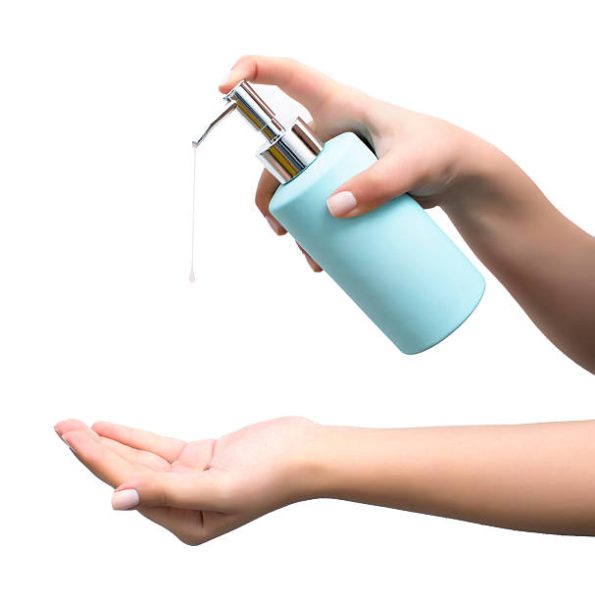Salicylic Acid Cleanser
Salicylic Acid Cleanser is made from salicylic acid, a beta hydroxy acid (BHA) which is a powerhouse ingredient renowned for its effectiveness in treating various skin concerns. It’s widely used in skincare products, particularly in treatments for acne, blemishes, and congested pores.
Salicylic Acid Cleanser is formulated to effectively cleanse the skin while targeting acne, blemishes, and excess oil. It contains salicylic acid, a beta hydroxy acid known for its ability to penetrate deep into pores, exfoliate dead skin cells, and reduce inflammation.
Some of the popular salicylic acid cleansers include; CeraVe SA Renewing Cleanser, Face Fact Ceramide Blemish Foaming Cleanser, Paula’s Choice CLEAR Pore Normalizing Cleanser, The Ordinary Salicylic Acid 2% Solution, La Roche-Posay Effaclar Medicated Gel Cleanser,
Ingredients
The primary ingredient in a salicylic acid cleanser is, of course, salicylic acid. Typically, it is present in concentrations ranging from 0.5% to 2%, though the exact concentration may vary depending on the product. Alongside salicylic acid, you may find additional ingredients such as soothing botanical extracts, hydrating agents like hyaluronic acid, and other gentle surfactants to ensure a non-drying cleansing experience.
Packaging and Design
Salicylic acid cleansers come in various packaging designs, including pump bottles, squeeze tubes, or jars, depending on the brand and formulation. Many products come in opaque packaging to protect the stability of the active ingredients from light exposure with clear labeling indicating the concentration of salicylic acid and any other key features beneficial to consumers.
Texture and Scent
The texture can vary from gel-like to creamy, with some featuring microbeads or exfoliating particles for added physical exfoliation. As for the scent, most salicylic acid cleansers are formulated to be fragrance-free or have a mild, neutral scent to minimize irritation, especially for sensitive skin types.
Application and Usage
Dampen your face with water, then apply a small amount of the cleanser onto your fingertips or a cleansing brush. Gently massage the product onto your skin in circular motions, focusing on areas prone to breakouts or congestion. Rinse thoroughly with lukewarm water and pat dry.
As a beginner start with a lower percentage like 2%, use 3 times a week then build up tolerance from there, or use as prescribed by your aesthetician or dermatologist.
Expected Results
Regular use of a salicylic acid cleanser can lead to clearer, smoother skin by effectively treating and preventing acne breakouts. It can also help minimize the appearance of pores and improve overall skin texture over time. However, individual results may vary, and it’s essential to incorporate the cleanser into a consistent skincare routine for best results.
Pros
1. Salicylic acid penetrates deep into pores, unclogging them and preventing future breakouts.
2. Ideal for oily skin types, it helps regulate sebum production, reducing shine and preventing congestion.
3. Regular use can lead to smoother, more even-toned skin by sloughing off dead skin cells.
4. Combining cleansing and acne treatment in one product streamlines skincare routines.
5. Salicylic acid cleansers are available from various brands and at different price points, making them accessible to most consumers.
Cons
1. Salicylic acid can be drying or irritating for some individuals, especially if overused or if the concentration is too high.
2. Salicylic acid can increase sensitivity to sunlight, so it’s crucial to use sunscreen daily when using products containing this ingredient.
3. While beneficial for oily and acne-prone skin, salicylic acid may be too harsh for dry or sensitive skin types.
4. Significant improvements may take time, requiring consistent use over several weeks to see noticeable results.
Frequently Asked Questions on Salicylic Acid Cleanser
A salicylic acid cleanser can be a valuable addition to a skincare routine especially if you are struggling with acne or oily skin. Understanding its benefits, proper usage, and potential drawbacks is essential for achieving the desired results while maintaining skin health and balance.


Leave a Reply